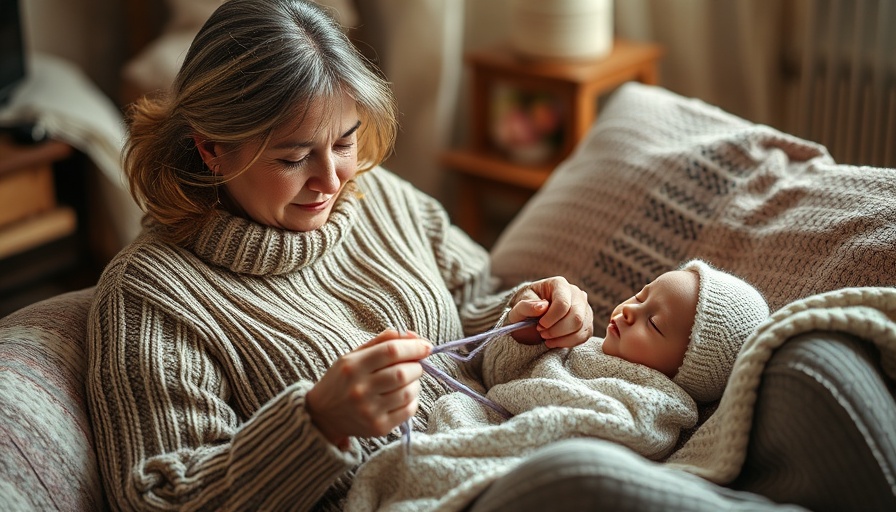
Understanding the Impact of Fast Fashion
Our wardrobes are often filled with garments that tell a story of global labor, environmental impact, and personal choice. Yet, most of us rarely consider the journey our clothes have undertaken. With the rise of fast fashion, we are led to believe we can have more for less, but this deception comes at a significant cost to our planet. The production of clothing is responsible for a staggering amount of carbon emissions, even surpassing those of the aviation and shipping industries combined. A single cotton T-shirt requires over 2,700 liters of water to produce, a resource that is increasingly precious. Furthermore, the escalating use of materials like polyester contributes to microplastic pollution, threatening both terrestrial and aquatic ecosystems.
Introducing Fibresheds: A Sustainable Alternative
In response to the environmental and social injustices presented by conventional clothing production, initiatives such as fibresheds have emerged. Initiated in California, fibresheds promote a localized textile economy by sourcing fibers and materials within specific regions. Imagine a food system where every meal is grown, harvested, and prepared within a few miles; the ethos of fibresheds mirrors this very concept for clothing. By fostering relationships among local farmers, producers, and designers, these networks prioritize sustainability and community over mass production, aiming to lessen the impact on ecosystems while supporting local economies.
Benefits of Supporting Local Textiles
Local fibers not only reduce environmental footprints but also foster unique regional identities. Consumers are increasingly attracted to products that carry a story and a connection to place. Supporting local production creates a ripple effect—by investing in regional businesses, you contribute to job creation and community resilience. Moreover, buying local decreases the distances goods travel, which significantly cuts down on transportation emissions.
The Role of Heritage Animals in Sustainable Fashion
Small farms like Alberta’s Providence Lane Homestead exemplify how heritage breeds, such as the sheep raised by Tara Klager, can play a crucial role in sustainable textiles. Such breeds are often better adapted to local climates and land, requiring fewer resources. This not only promotes biodiversity but also ensures that local systems flourish. By choosing heritage fibers, consumers are not merely purchasing garments—they are investing in the preservation of local farming practices and animal welfare.
A Shift in Consumer Behavior: The Power of Choice
The journey towards sustainable clothing also involves the consumer's mindset. As shoppers, the decisions we make dictate market trends. A larger contingent is now opting for quality over quantity—favoring durable, ethically made garments that hold their value both in aesthetics and longevity. This paradigm shift encourages brands to rethink their production strategies, prioritizing workforce welfare and environmental responsibility.
The Emotional Connection to Our Clothes
Clothing isn’t just functional; it can also evoke emotions and memories. By choosing garments linked to local roots, we deepen our connection to what we wear. Each piece can narrate a story of craftsmanship, heritage, and sustainability, transforming a mundane item into a cherished keepsake. The act of wearing clothes made from locally-sourced materials can instill pride and a sense of responsibility towards our community and the environment.
Practical Steps Toward a Sustainable Wardrobe
So, how can you begin your journey into a more sustainable wardrobe? Start by researching local fibreshed initiatives in your area. Consider purchasing from artisans or local brands that focus on ethical production practices. Thrift shops and vintage stores also offer treasures that not only breathe new life into old garments but also reduce waste. Lastly, practice mindful consumption by evaluating your purchases—consider if each piece fits into your lifestyle and values.
In the end, every small step counts toward nurturing a sustainable future in fashion. Choosing local, sustainable textiles can profoundly impact not only your wardrobe but your community and the planet. It’s about making informed choices and valuing the stories behind the shirts we wear and the pants we don.
To make a real difference, begin by educating yourself about the fibers and brands you support. Next time you reach for that new outfit, remember the journey and the impact it has on our world.
 Add Row
Add Row  Add
Add 



 Add Row
Add Row  Add
Add 
Write A Comment